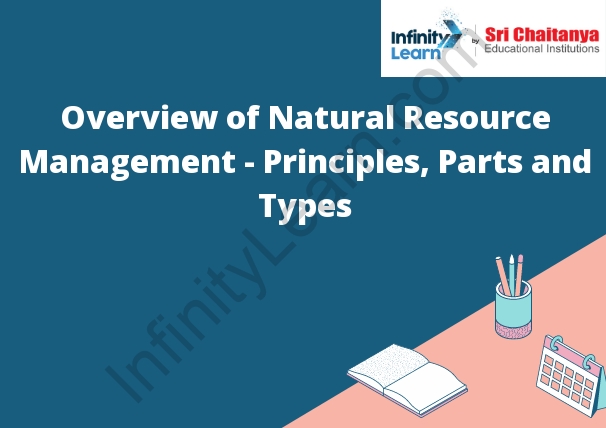Table of Contents
Why do We Need to Manage Our Natural Resources?
We need to manage our natural resources because they are finite and we need them to survive. Natural resources include air, water, land, minerals, and plants. We need to use these resources in a way that doesn’t destroy them so that we can continue to use them in the future.

Principles of NRM
There are a number of key principles that underpin effective NRM. These principles are relevant to both natural and managed ecosystems, and include the following:
1. Ecosystems are complex, and their management requires an understanding of the complex interactions between the biotic and abiotic components of the system.
2. Ecosystems are dynamic, and their management must take into account the constantly changing environment.
3. Ecosystems are self-organizing and self-sustaining, and their management should seek to maintain or restore their natural function.
4. Ecosystems are interconnected, and their management should take into account the impacts of management decisions on other ecosystems.
5. Ecosystems are adapted to local conditions, and their management should take into account the unique characteristics of each ecosystem.
6. Ecosystems are evolutionary, and their management should seek to maintain their natural evolutionary potential.
Parts of NRM
There are different parts of NRM which include:
1. Religious Studies – This area of NRM looks at different religious beliefs and practices from around the world.
2. Theology – This part of NRM looks at the religious beliefs and teachings of different religions.
3. Sociology of Religion – This area looks at how religion affects society and how society affects religion.
4. Psychology of Religion – This part looks at how people’s religious beliefs and practices affect their emotions and behaviour.
5. History of Religion – This part of NRM looks at the history of religious beliefs and practices around the world.
6. Comparative Religion – This part of NRM looks at the similarities and differences between different religions.
Benefits of NRM
There are many benefits of NRM. One of the most important benefits is that NRM helps conserve resources. NRM also helps improve air and water quality, which can improve public health. NRM can also help improve soil quality and increase crop yields.
Natural Resources -A Boon to Human Existence
Natural resources are a boon to human existence as they provide us with the basic needs of life such as food, water, and shelter. Additionally, natural resources also provide us with the materials necessary to create tools, clothing, and other necessary items. Without natural resources, it would be difficult, if not impossible, for humans to live on this planet.
Different Types of Resources
There are three types of resources: renewable, non-renewable, and recyclable.
Renewable resources are resources that can be replaced or replenished relatively quickly. The most common example of a renewable resource is water. Non-renewable resources are resources that can’t be replaced or replenished quickly. The most common example of a non-renewable resource is fossil fuels. Recyclable resources are resources that can be reused after being processed. The most common example of a recyclable resource is plastic.
Types of Natural Resources
Some natural resources are renewable, such as water, air, and sunlight. Other resources, such as fossil fuels, are finite.
Renewable resources can be replaced relatively quickly. For example, a tree can be replanted and grow back.
Finite resources are not renewable and will eventually be depleted. For example, fossil fuels are non-renewable because they are made from ancient plants and animals that are no longer alive. Once they are used up, they are gone forever.
Uses of Different Resources
Different resources are used for different purposes.
Some resources are used for energy, such as oil, coal, and natural gas. These resources are used to power factories, cars, and homes.
Some resources are used for manufacturing, such as iron, aluminum, and plastic. These resources are used to make things like cars, phones, and toys.
Some resources are used for agriculture, such as water, land, and fertilizer. These resources are used to grow food and crops.





